I am using R 3.3.2.
I would like to predict scores of institutions for various subrankings based on their scores in previous years. Then I need to add these predicted scores as new rows to the original dataframe. My input is a csv file
I want to use the least squares linear model and found that "lm" and "predict" does exactly what I need.
I know this a pretty beginner question, but hope someone can help me. Please see below the data and code with two solutions I've started.
score<-c(63.6, 60.3, 60.4, 53.4, 46.5, 65.8, 45.8, 65.9,
44.9, 60, 83.5, 81.7, 81.2, 78.8, 83.3, 79.4, 83.2, 77.3,
79.4)
year<-c(2013, 2014, 2015, 2016, 2014, 2014, 2015, 2015,
2016, 2016, 2011, 2012, 2013, 2014, 2014, 2015, 2015,
2016, 2016)
institution<-c(1422, 1422, 1422, 1422, 1384, 1422, 1384,
1422, 1384, 1422, 1384, 1384, 1384, 1422, 1384, 1422,
1384, 1422, 1384)
subranking<-c('CMP', 'CMP', 'CMP', 'CMP', 'SSC', 'SSC', 'SSC',
'SSC', 'SSC', 'SSC', 'ETC', 'ETC', 'ETC', 'ETC', 'ETC', 'ETC',
'ETC', 'ETC', 'ETC')
d <- data.frame(score, year, institution,subranking)
#-----------SOLUTION 1 -------------------
p<- unique(d$institution)
for (i in (1:length(p))){
x<- d$score[d$institution==p[i]]
y<- d$year[d$institution==p[i]]
model<- lm(x~y)
result<-predict(model, data.frame(y = c(2017,2018,2019,2020)))
z<- cbind(result,data.frame(y = c(2017,2018,2019,2020)))
print(z)
}
##----------SOLUTION 2 -------------------
calculate_predicted_scores <- function(scores, years) {predicted_scores <-0
mod = lm(scores ~ years)
predicted_scores<-predict(mod, data.frame(years = c(2017,2018,2019,2020)))
return(predicted_scores)
}
To illustrate, this is what I want to get at the end - the yellow rows are the predictions:
